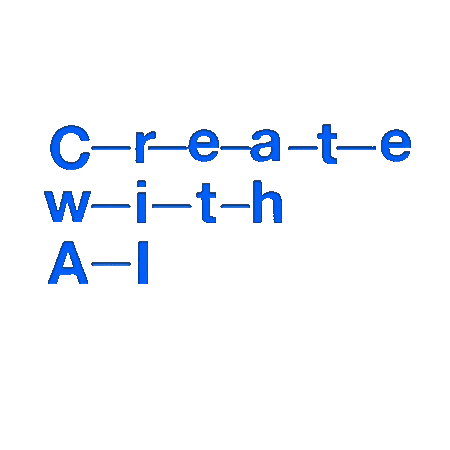Entry
fMRIの脳の反応を機械学習に利用 ?!? – Using human brain activity to guide machine learning
Simple Title
Using human brain activity to guide machine learning
Type
Paper
Year
2017
Posted at
March 25, 2017
Tags
essential
Arxiv
https://arxiv.org/abs/1703.05463

Overview
画像を見ている被験者のfMRIのデータで、機械学習のアルゴリズムをより正しい方向に導くという、SFのような研究.
Abstract
Machine learning is a field of computer science that builds algorithms that learn. In many cases, machine learning algorithms are used to recreate a human ability like adding a caption to a photo, driving a car, or playing a game. While the human brain has long served as a source of inspiration for machine learning, little effort has been made to directly use data collected from working brains as a guide for machine learning algorithms. Here we demonstrate a new paradigm of “neurally-weighted” machine learning, which takes fMRI measurements of human brain activity from subjects viewing images, and infuses these data into the training process of an object recognition learning algorithm to make it more consistent with the human brain. After training, these neurally-weighted classifiers are able to classify images without requiring any additional neural data. We show that our neural-weighting approach can lead to large performance gains when used with traditional machine vision features, as well as to significant improvements with already high-performing convolutional neural network features. The effectiveness of this approach points to a path forward for a new class of hybrid machine learning algorithms which take both inspiration and direct constraints from neuronal data.
Motivation
著者によると従来の画像認識用の機械学習アルゴリズムのみならず、もともとかなり精度が高い畳み込みニューラルネットワークを用いた画像認識の精もこの方式で向上したという (下図 緑が提案方式)
Architecture
具体的にやっているのは、fMRIで取得した脳波のVoxelデータを、ベクトルに変換. このベクトルに対して、SVMで識別器を学習. 同様に通常の画像認識アルゴリズムで抽出した特徴ベクトルに対してもSVMを使う. その際、ロス関数としてfMRIで学習したSVMの結果で重み付けする… というのが考え方のコア.
Further Thoughts
もともと脳の仕組みにインスパイアされている分野だが、このようにデータをそのまま使うという話はほとんど聞いたことがない…
Links
- arXiv
